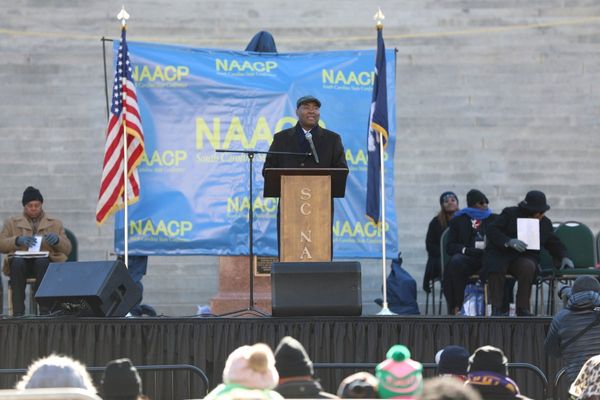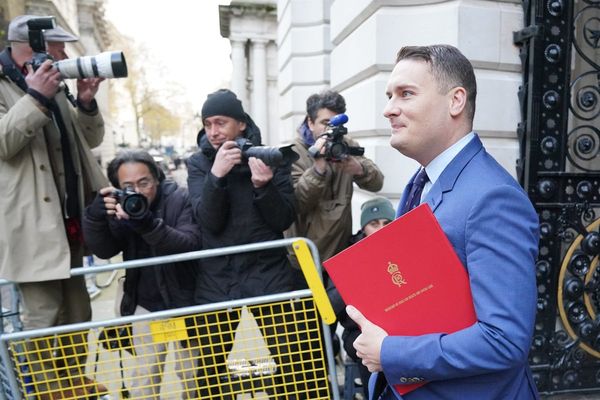
Consumer confidence eased slightly in the past week, coinciding with an increase in petrol prices after four weeks of steady declines from above $2 per litre.
The weekly ANZ-Roy Morgan consumer confidence index – a guide to future household spending – eased 0.3 per cent to 96.5.
A level below 100 indicates pessimists outweigh optimists.
“Today’s inflation data could have a near-term impact on sentiment, with it expected to confirm that inflation has surged,” ANZ head of Australian economics David Plank said.
The Australian Bureau of Statistics will release March quarter inflation figures on Wednesday, data that could tip the balance for an interest rate rise as soon as next week.
The consumer price index for the March quarter is forecast by market economists to rise 1.7 per cent for a rate of 4.6 per cent for the year, up from 3.5 per cent previously.
The more crucial number is underlying inflation, which is tipped to come in at 1.2 per cent for the quarter and around 3.4 per cent year on year.
This would overshoot the Reserve Bank’s two to three per cent target range, and be sharply higher than the December quarter.
The latest RBA board minutes show the central bank is ready for inflation to breach its target, but a blowout could hasten a rise in the record low 0.1 per cent cash rate.
A rise in the official cash rate will force banks to raise borrowing costs for households and businesses.
Treasurer Josh Frydenberg was on the front foot on cost of living issues faced with a tight federal election campaign where his own seat hangs in the balance.
Mr Frydenberg says global factors such as high oil prices due to Russia’s invasion of Ukraine and supply-chain disruptions are putting pressure on household budgets in Australia.
“That is why in the budget we committed to a temporary, targeted and responsible cost of living package,” Mr Frydenberg told AAP.
The first $250 cost of living payments will this week hit the bank accounts of millions of eligible pensioners, income support recipients, veterans and concession card holders.
Slashing fuel excise, along with a fall in global oil prices, had provided some relief at the bowser after petrol prices surged past $2 a litre during the March quarter.
However, in the past week the Australian Institute of Petroleum said the national average for petrol prices had ticked up 2.6 cents to 168.9 cents per litre, ending four weeks of declines.
The RBA had said it wants to see a meaningful rise in wages before it takes action, and could be wary of moving during a federal election campaign.
But global inflation is on the move, and so are other central banks.
BetaShares chief economist David Bassanese said it was becoming less likely the RBA would wait until June.
Global supply-chain bottlenecks, from war in Ukraine and China’s COVID-19 lockdowns, coupled with more aggressive rate rises looming in the US, mean the case to hike is becoming stronger.
“The RBA should and will conclude it makes more sense to start off slow with 0.15 per cent next week following the CPI, followed by a traditional 0.25 per cent move in June,” he said.
“Indeed, the only real argument for delay now is the current federal election – as was last the case in 2007, this is another good opportunity for the RBA to again demonstrate its independence.”
The central bank board next meets on May 3.







